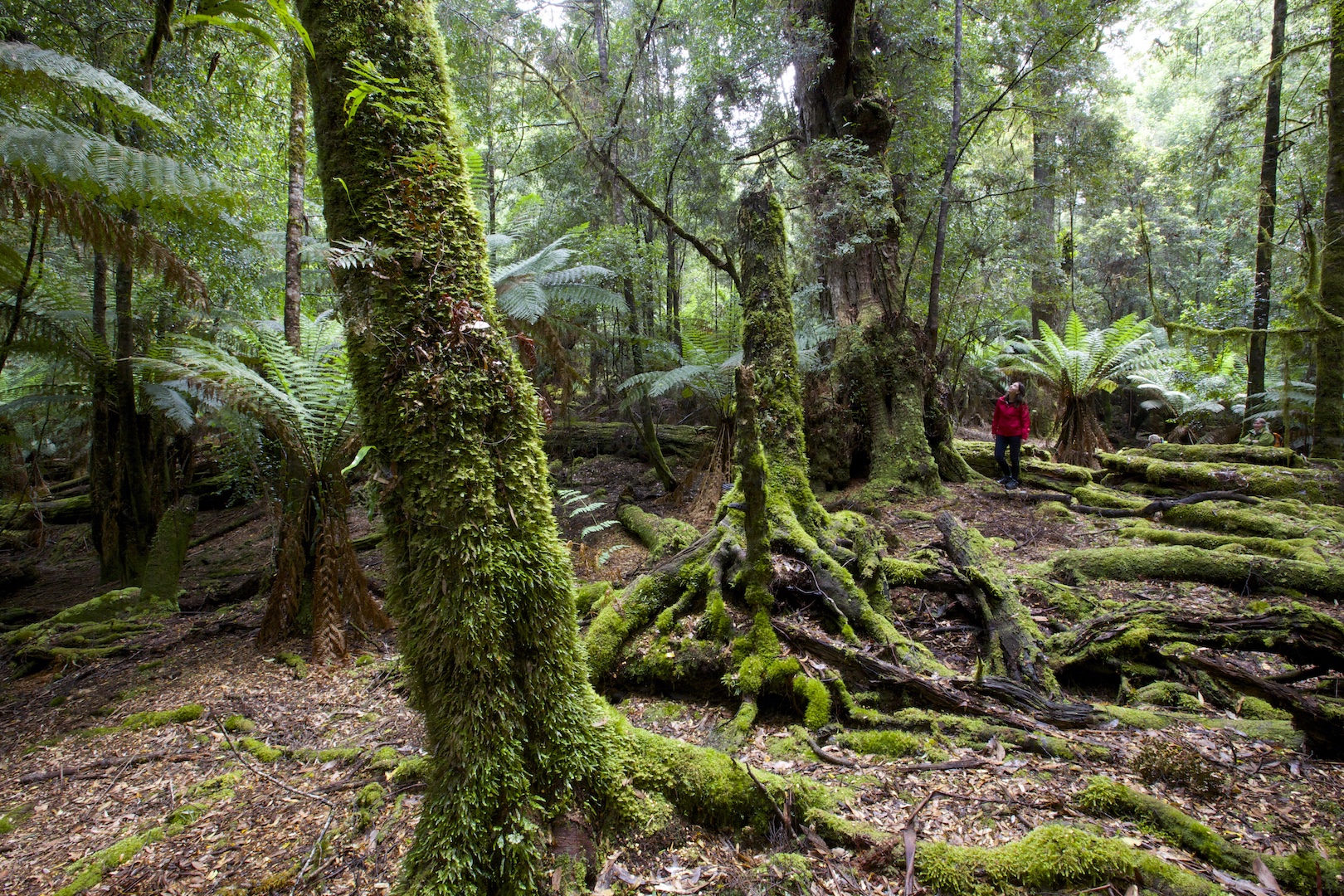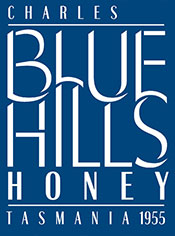Tasmania and the Tarkine wilderness
The Tarkine
The Tarkine is the greatest expanse of cool, temperate rainforest in Australia and the second largest expanse in the world.
Located in the remote northwest of Tasmania, the Tarkine can claim to have the world’s cleanest air and water. Much of this lush region has been officially designated as a Protected Area. There is also growing national support for a World Heritage listing; this would then add to the current 20% of Tasmania which is already World Heritage listed. (See section below).
The Tarkine itself is home to some of the world’s rarest plants and animals and contains some of the oldest living trees on earth. For over 60 years, our family of beekeepers has carefully explored and worked in the wild heart of this 477,000 hectares (1,180,000 acres) Tarkine wilderness.
The name Tarkine means ‘belonging to’ or ‘of the Tarkiner’. Tasmanian Aboriginals know it as “tar-keen-nee” and continue a strong connection to the area. The Discover the Tarkine contains more information about the Tarkine, including information about its original inhabitants – the Tasmanian Aboriginal people – and the legendary Tasmanian Tiger.
Our Tarkine Wilderness Honey is renowned for its high quality. This owes much to the placement of our beehives deep in the Tarkine rainforests. We do this for extended periods, allowing our bees to collect nectar from the blossoms of a diverse range of rainforest plants. This means the flavour and aroma of this wilderness honey can vary naturally – deliciously – from batch to batch and season to season; it provides lovers of high quality honey with a truly unique gastronomic experience.
Tasmanian Temperate Rainforests – AQUA Geo Graphic
Tasmania: the secret ingredient
Tasmania, the island state of Australia, lies 40 degrees south of the equator. An archipelago of more than 334 islands in the temperate zone of the southern hemisphere, Tasmania is a land of dramatic coastlines, rugged mountains, spectacular wilderness and sparkling highland lakes.
Bathed in the world’s cleanest air and water, Tasmania is renowned for its exceptionally clean environment and wilderness heritage areas. Pollution-free winds blow thousands of kilometres across the vast, empty Southern Ocean before reaching the shores of Tasmania. Cape Grim on the far northwest corner of the island hosts a monitoring station that captures the world’s purest air. This monitoring station is the zero-reference point for the world pollution levels.

Tasmania: 20% is World Heritage areas and wilderness
“In December 1982, the World Heritage Committee met at UNESCO headquarters in Paris to consider a number of sites for World Heritage listing, including the Western Tasmanian Wilderness National Parks. The committee agreed to enter this area into the World Heritage list for its significant natural and cultural values.
“In 1989 it was greatly expanded to cover almost 20 per cent of Tasmania.
“The area received world heritage listing because it conserves a diverse array of both natural and cultural features of outstanding global significance. The region provides pristine habitats for a range of plants and animals that are found nowhere else in the world, including many rare and endangered species, while indigenous rock art and artefacts found in caves date back to the last Ice Age. The area also offers the most pristine example of temperate rainforest found in Australia and makes up one of only three remaining temperate wilderness areas in the southern hemisphere.
“The Tasmanian Wilderness World Heritage Area is a legacy of the last great wildernesses on earth, and a canvas rich in the stories of humanity’s previous and current connections with the environment.
“The 1.4 million hectares (5,400 square miles) that now make up the Tasmanian Wilderness World Heritage Area are part of a chain of six national parks and a number of reserves and conservation areas that together cover one fifth of Tasmania’s land mass.”
From Tourism Tasmania.


